Design MARCH IVc
The MARCH IVc is the fifth prototype in the series of MARCH exoskeletons. The fifth MARCH team had quite a different year than others. They wanted to compete in The Cybathlon, and since the original date was already set for May, they decided to continue working on the exoskeleton made by MARCH IV. The 'C' added to the exoskeleton's name stands for Cybathlon. The plan was to continue working after May, and work on projects. These projects had the opportunity to be innovative and take more risk, since there was no race deadline anymore. However, due to the Corona-crisis there were a lot of changes. On August 25, 2020, the fifth team demonstrated that Sjaan could complete all Cybathlon obstacles under 15 minutes with the MARCH IVc!
Upperleg fixtures
The customized new upper leg fixture, provides better support for pilot Sjaan. This makes walking less challenging for her.
Sjaan on the new fixtures:
"A real improvement from 5 are the thigh fixtures. These 'leg shells' are now removable, which facilitates a transfer to the exoskeleton and can be performed independently without assistance. This addition makes walking, and overcoming obstacles seem a lot easier as this gives more support compared to previously only straps."
Cable structure
The cable structure has undergone significant revisions. For instance, electrical engineers have implemented a technique of twisting cables, reducing the requirement for the Low Voltage network to be locally converted and thus necessitating fewer cables. Additionally, specialized Ethernet cables, tailored for robotic applications, have been introduced. These alterations serve two primary purposes. Firstly, they result in a reduction of cables within the exoskeleton, providing enhanced spatial clarity. Secondly, they mitigate Electro-Magnetic Interference (EMI), which comprises interference signals emitted during the operation of electrical devices.
Adjustable crutch
The stool's adjustability is facilitated by a 'pulley system', designed for one-handed operation. Sjaan particularly utilizes it during the Cybathlon obstacle 'Tilted Path', where adjusting her shoulder height to horizontal with an extended or shortened crutch helps improve her balance.
Variable step size
The introduction of the new transition step in the exoskeleton enables the pilot to switch between different movement patterns without interrupting any relevant pattern execution. This addition ensures seamless performance adjustments such as speed, step size, or transitioning between obstacles, all without halting the exoskeleton's movement.
Gainscheduling
In the MARCH exoskeleton, significant disturbances in the gait pattern were observed when the pilot's weight shifted. To address this issue, a gainscheduling method was implemented. Gainscheduling allows for the adjustment of loose joint control based on an additional measured quantity, such as the inertia acting on each joint due to the pilot's weight distribution. As the pilot's weight shifts over a particular leg, the corresponding joints experience increased inertia. This inertia is estimated using the joint's acceleration and driven torque. Since acceleration, inertia, and torque are interconnected, disturbances experienced by the exoskeleton's joints during weight shifts or stair climbing can be compensated for. For instance, during stair climbing, the current sent to the motors is adjusted to maintain stability.
Pressure soles
The pressure soles are equipped with eight sensors, each yielding varying voltage outputs in response to different levels of pressure. This data enables the extraction of weight distribution patterns. The pressure soles encompass sensors strategically positioned beneath the foot, each responding with distinct voltage changes corresponding to varying pressure levels. We employ a voltage divider on a Printed Circuit Board to measure these changes, transmitting the data via EtherCat to the master system. This facilitates real-time utilization of foot pressure (distribution) data. The applications of this data are manifold. For instance, we can initiate the right swing phase upon ground contact during the left swing. Furthermore, analyzing the weight distribution data from the pressure soles provides insights into balance, enabling potential adjustments. Additionally, post-analysis allows for evaluation of preprogrammed gait functions.
Modular IPD
This feature enables the division of the input device, the part of the stool where Sjaan triggers her gait, into replaceable segments for easier maintenance. Sjaan explains that the red Walk button allows her to select a faster walking pattern. Additionally, she finds it easier to recover from errors with the introduction of a new button, which facilitates returning to the 'home' position—standing up straight.
Safety
The exoskeleton has been rendered splash-proof. Furthermore, joint coverings have been installed to eliminate any gaps where a hand could inadvertently become trapped.
Software
A comprehensive dashboard has been developed for monitoring the exoskeleton. It provides live data visualization, enables manual control of the exoskeleton if needed, and offers insights into the status of various components. Additionally, the dashboard facilitates (semi-)automatic logging of activities. Furthermore, improvements have been made to enhance communication performance, such as prioritizing the Ethercat thread, resulting in significantly increased reliability of the exoskeleton. The simulation tool for testing balance and gait patterns has also been enhanced. Lastly, our software engineers have made significant progress in implementing automatic balancing algorithms, further advancing the exoskeleton's stability.

